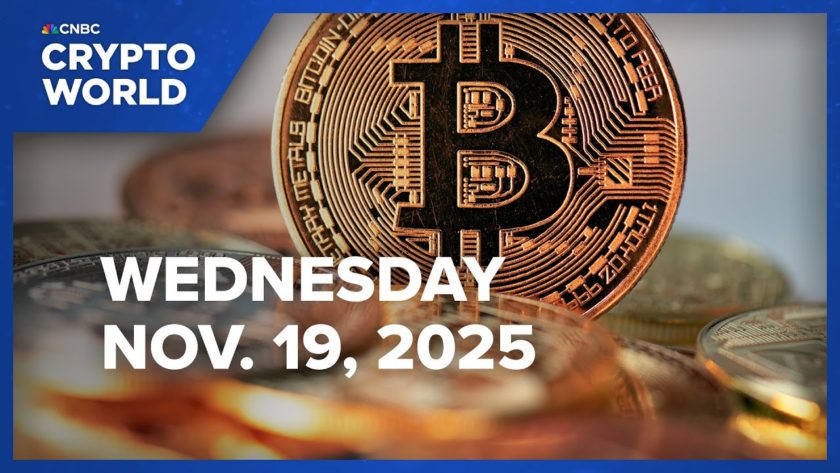Jared Polites is a partner at Rarestone Capital, an active Web3 fund with a marketing arm (Rarestone Labs). Since 2020, Rarestone has been at the forefront of investing in and marketing DeFi protocols, NFT drops, and Web3 infrastructure plays. As the industry is ever-changing, we wanted to catch up with Jared to see what has changed since the last cycle and how projects can best position themselves for success when thinking about marketing.
What are some tips you can offer to projects building out a marketing plan?
Polites: Similar to traditional tech user acquisition, projects need to build an effective communications strategy that discusses what value they are providing and how it directly impacts their users and communities. First, the key is to be consistent. Going “stealth” is a wild card strategy that can be used early on to gain momentum, but should not be the focus as a roadmap progresses. Over-communicate vs. under-communicate is my advice. Especially since attention spans are decreasing and community members will take their interest elsewhere if they don’t know exactly what is happening and when.
Second, make sure to have at least one marketer on your team. It sounds simple, but we find numerous dev-heavy teams that neglect marketing until the very last minute. In these situations, it is completely fine to outsource to agencies, but you need to have a point of contact internally to help coordinate and review each activity. Even someone junior is fine. A common misconception is that a good enough product will market itself, but the industry is becoming more crowded and moves at warp speed – you have to stand out from the crowd.
What has changed since 2017 in how projects should market themselves?
Polites: Communities, users, and even speculators are more sophisticated and to an extent, unforgiving. Short-term focused tactics that were often seen in the last cycle are now quickly exposed if detrimental to a project. For example, there is a recent trend that is questioning the long-term impact of staking. Often seen as a necessary early-stage strategy that helps reward engaged long-term users (and makes for a strong community announcement), industry players are now questioning the sustainability of staking. Is staking just a ploy to maintain a positive price trajectory and reduce sell pressure, or is it really about the community?
These are the questions and dilemmas that projects need to question when building a well-rounded marketing strategy.
What are some common pitfalls you see with how companies market themselves?
Polites: Many are not long-term focused. Make sure your marketing strategy aligns with your long-term vision and roadmap. For example, I see founders get caught up with flashy marketing campaigns that are detrimental to a project’s long-term token health. With generous emissions, interest spikes early on and then wanes as community members move on to the next shiny object. During this process, you need to evaluate what risk a marketing campaign must hold and why. Without this knowledge, all it would take is one bad market downturn to eliminate all momentum and possibly create a situation that is impossible to recover from.



